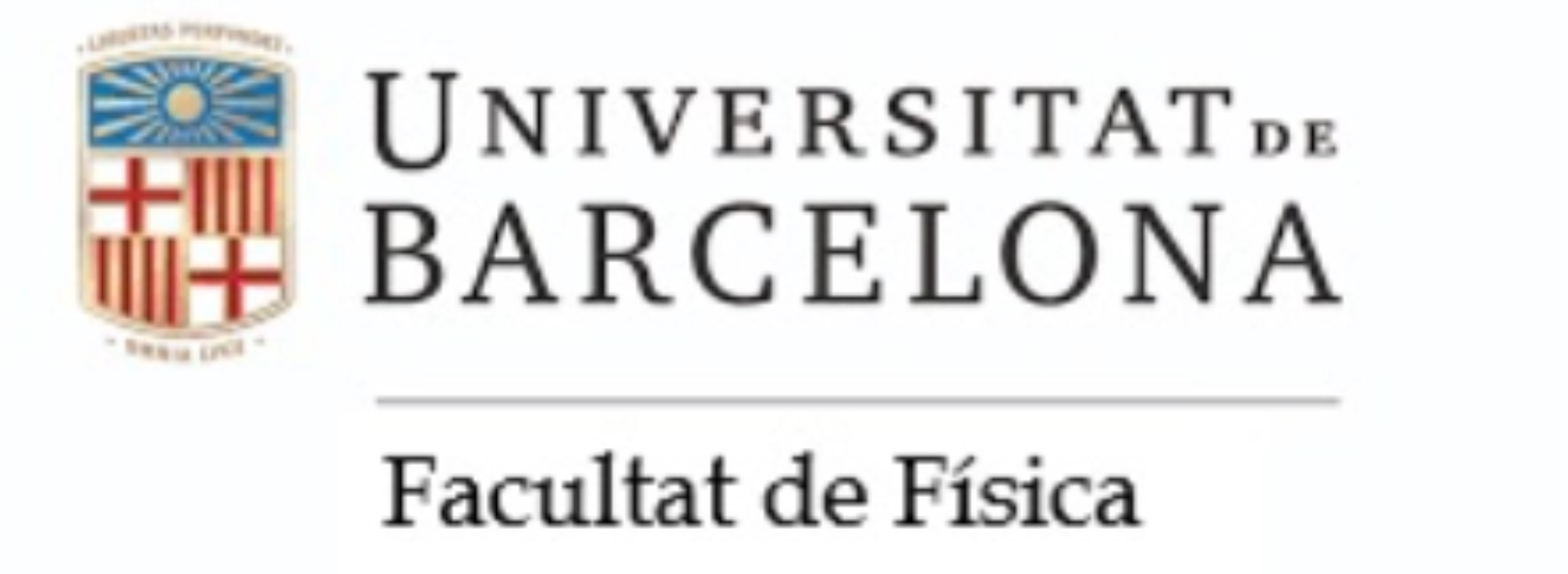Viruses are astounding biological particles with remarkable physical properties. In their simplest form they are just constituted by the genetic material (DNA or RNA) and a protective protein shell, or capsid. Our research focuses on the characterization of the different viral architectures and their mechanical properties from physical principles. In addition, we study the self-assembly of viral capsids and the different mechanisms of encaspulation and delivery of the genetic material.

Viruses are subcellular entities that infect organisms from all different kingdoms of life. In their simplest form they are just constituted by an infective genetic material (DNA or RNA) and a protective protein shell (capsid), which is usually built from several copies of the same protein in a self-assembly process. Viral particles show high symmetrical structures based on diverse geometries (spheres, spherocylinders, cones,…), and possess astonishing mechanical properties. In our research we are interested in:
- the characterization of these different viral architectures and their mechanical features from physical principles
- the self-assembly process of viral formation, which is in fact a nucleation problem
- and the different mechanisms of encapsulation and delivery of the genetic material.
The virus life-cycle in a cell (infection, replication, and release) has been investigated for many years from a biological perspective; our interest is to try to contribute to the understanding of the different steps of the virus life-cycle from a physical standpoint.
Figure from left to right: electron microscopy of the Tobacco Mosaic Virus (ICTVdB), x-ray reconstruction of the Turnip Yellow Mosaic Virus (Canady et al., Nature 1996), cryo-em reconstruction of the Bacteriophage T4 (Fokine et al., PNAS 2004), electron microscopy images of the HIV-1 virus (Ganser et al., Science 1999).
Structure

The shell (capsid) of a virus is made of several copies of one (or a few) assymetrical protein subunit(s), which usually cluster into morphological units called capsomers. Capsids show different kinds of geometrical shapes (e.g rod-like, spherical, spherocylindrical, conical,…) with highly symmetrical properties. In particular,? icosahedral symmetry is present in all spherical capsids. In our research we are developing different theoretical approaches to characterize the geometrical principles of viral shells, and to understand the origin of these architectures based on physical principles (e.g minimization of the energy).
Self-assembly
The genetic material of a virus contains the basic information to build new viral particles using the machinery of the infected cell. Therefore at some point this genetic code activates its own replication, and the production of multiple copies of the typically single protein that constitutes the viral shell (capsid). Finally these elements self-assemble spontanously to produce a viral particle. Even though some viruses require a molecular motor to package the genetic material into the capsid, in general there is not ATP consumption in the whole self-assembly process (capsid formation and packaging). From a physical perspective this process is ruled by the minimization of the free energy of the system, and it shares some similarities with crystallitation and other nucleation processes. In our research we are developing different approaches to characterize the interaction between the different elements of the viral particles, and combining computational and statistical physics tools to study the kinetics of viral self-assembly.
Mechanical properties

The protein shell of a virus (capsid) is built by multiple copies of one (or few) protein subunit(s), and their weak-weak interactions (not much higher than the thermal energy) are enough to lead the self-assembly of the proteins into a stable structure. This process depends on the concentration of viral proteins, the pH, the salinity, and the temperature of the solution, and for different conditions the same viral porteins are able to build different structures. However the final capsid can be very robust to changes in the biological conditions of the environment, and for instance some viruses can stand an osmotic pressure of ~100atm. These mechanical robustness allows viruses to survive in different environments until infecting a new host and are also important in the delivery of the genetic material. We are studying the mechanical properties of viral shells from a global and local point of view trying to understand how the resistance and mechanical properties of viruses are related to their capsid structure.
Encapsulation/Delivery of material
The genetic material is the infectious part of a virus, hence without it viruses are not able to replicate within the cell. In the virus life-cycle there are two key steps that involve the genetic material: first, the delivery of this macromolecule within the machinery of the cell is essential in the process of infection. However there are many different mechanisms to achive this purpose. For instance, bacteriophages usually inject it from outside the cell, whereas other viruses penetrate into the cell and release the genetic material by disassembling or bursting their capsid. The second important step is the encapsulation of the replicated RNA/DNA. In many viruses this occurs cooperatively during the same self-assembly process that produces the capsid. However in other cases the presence of molecular motors is necessary to package the genetic material inside the capsid requiring chemical-energy (ATP) consumption.
In our research we are interested in how the presence of the genetic material or other types of cargo influences the self-assembly process of the capsid, and also in the study of the properties of the protein shells that can account for different possible mechanisms of delivery.
